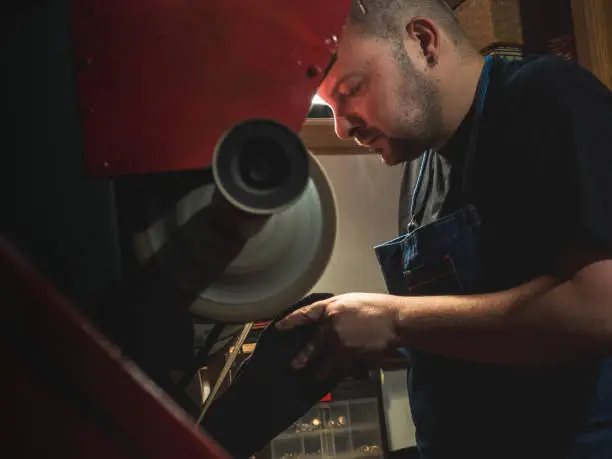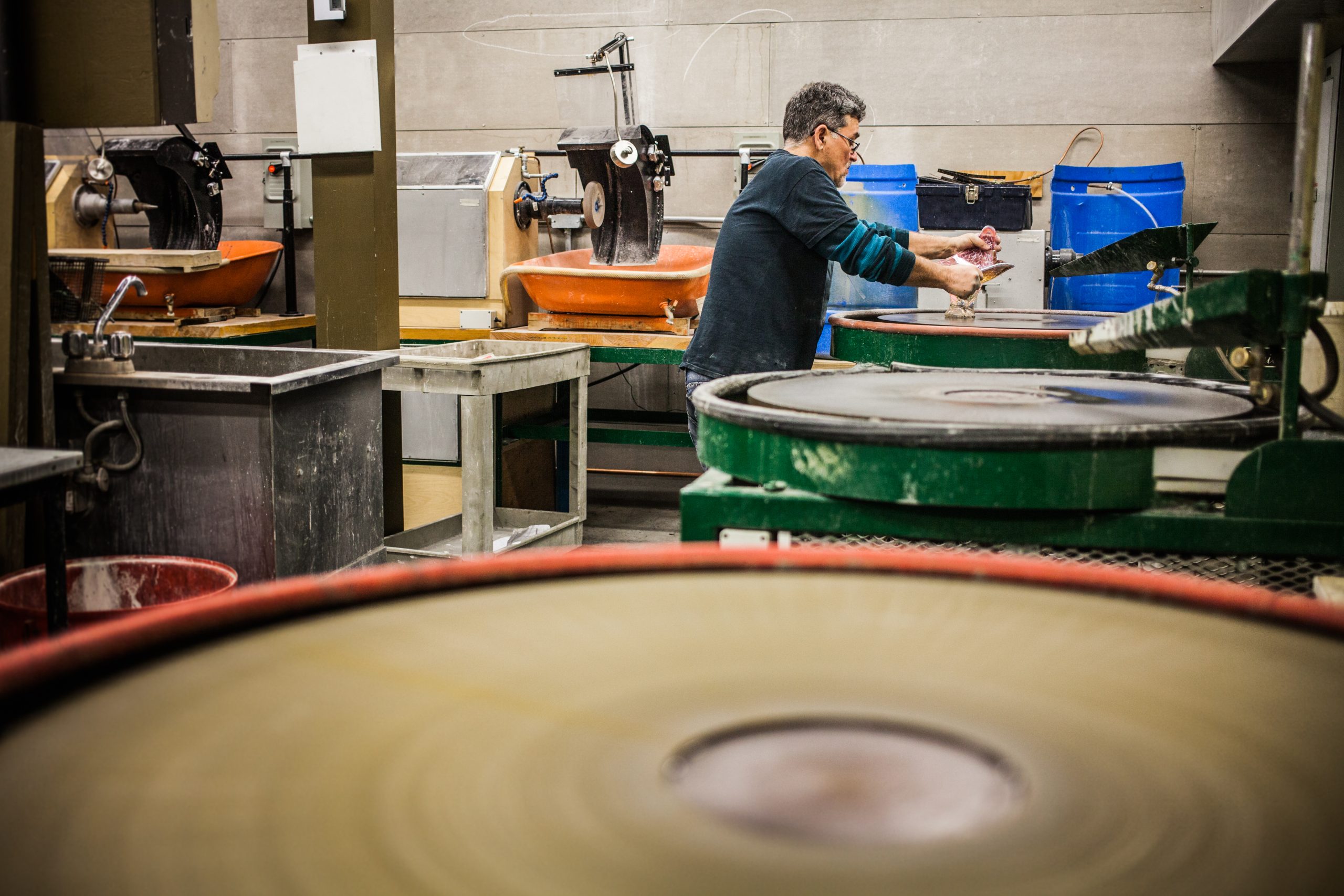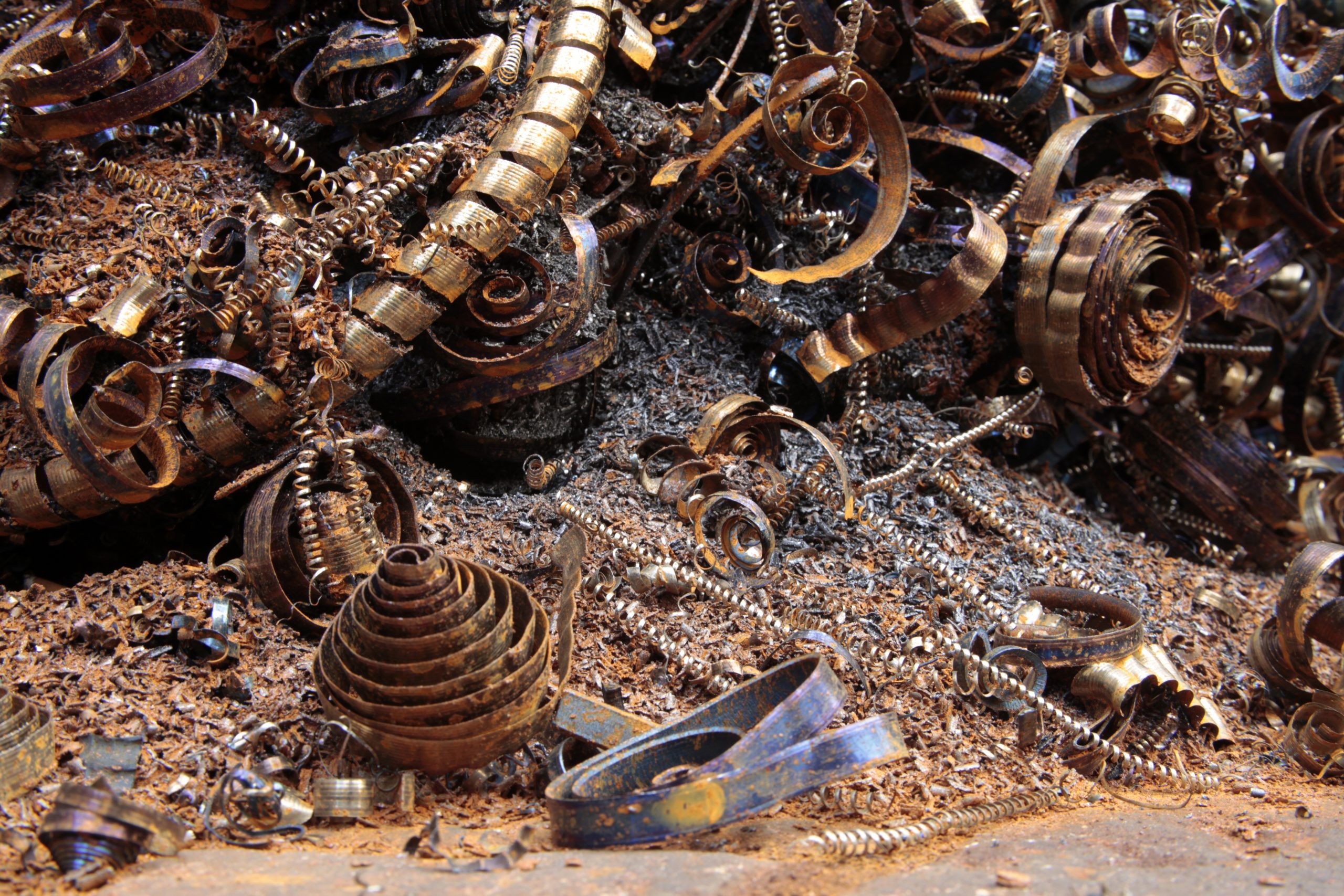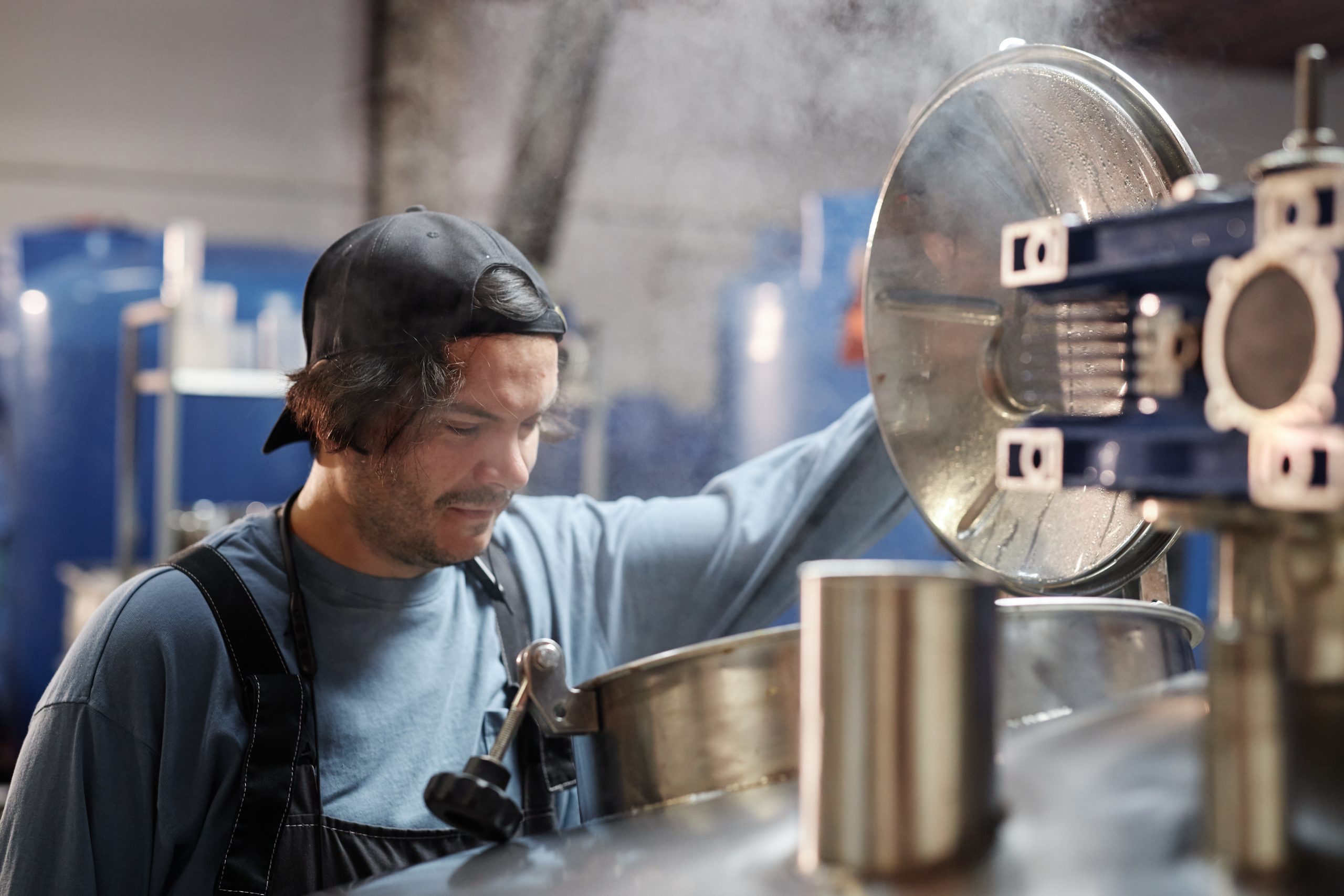Metal spinning, also known as spin forming, is a metalworking process that involves rotating a metal disc or tube on a spinning lathe while applying pressure to shape it into a desired form. This technique is commonly used to create cylindrical or conical shapes, such as bowls, lamps, and parts for the aerospace industry. Metal spinning offers numerous advantages, including cost-effectiveness, versatility, and the ability to produce complex shapes with high precision.
One fascinating aspect of metal spinning is its long history dating back centuries. The craft of shaping metal through spinning has been passed down through generations, evolving with technological advancements. Today, skilled artisans and modern machinery work hand in hand to push the boundaries of what is achievable through metal spinning.
Metal spinning is a fabrication method that utilises the force of a lathe to shape a flat metal disc or tube into a desired form. By strategically applying pressure, metal spinners can create intricate and customised shapes with ease. This technique has been used for centuries, and today, modern machinery and technology have further enhanced its capabilities.
Furthermore, the art of metal spinning requires a deep understanding of materials and their properties. Metal spinners must consider factors such as metal thickness, ductility, and tensile strength to achieve the desired shape without compromising the structural integrity of the final product. This attention to detail and craftsmanship sets metal spinning apart as a precise and versatile metalworking technique.

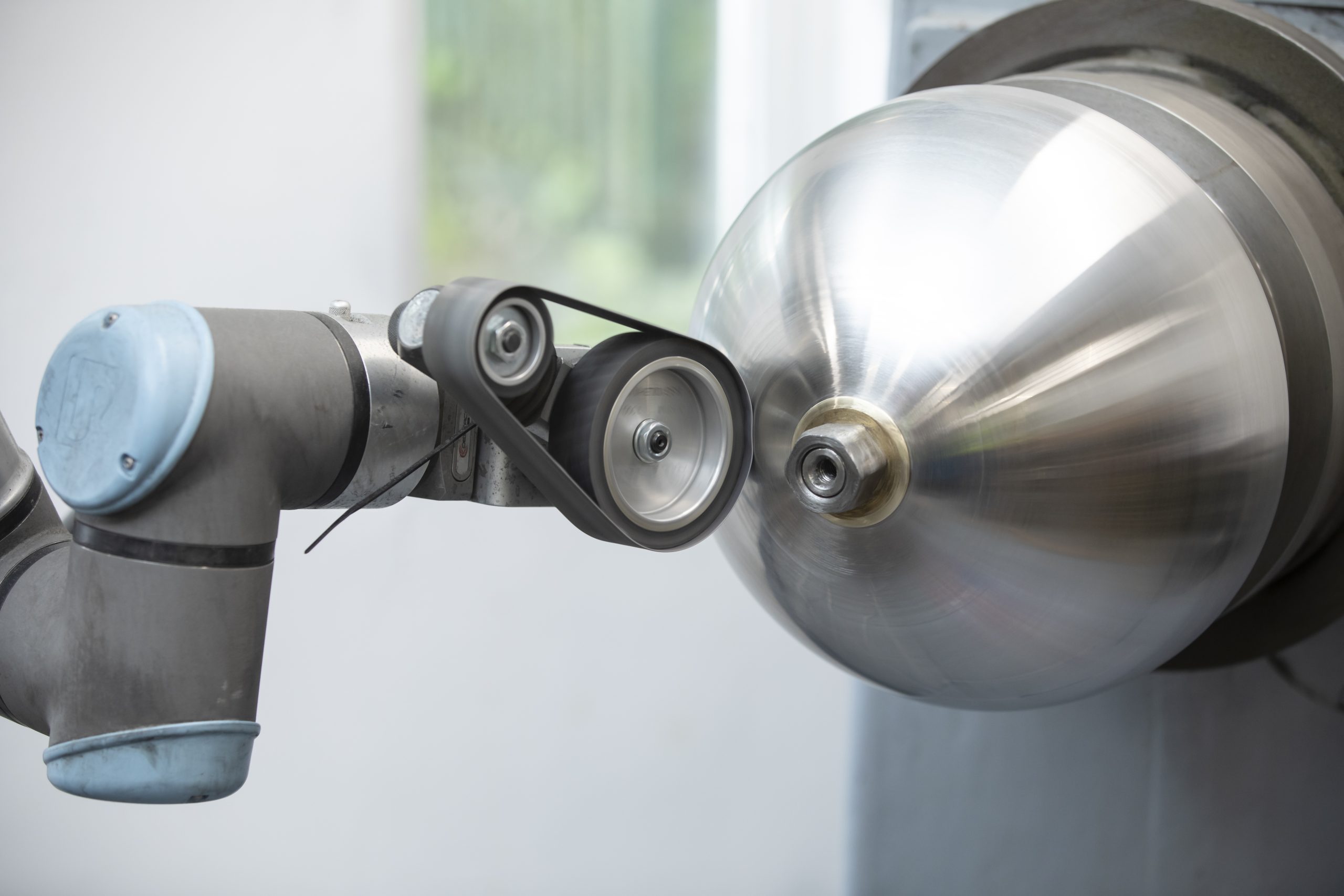 Metal Spinning
Metal Spinning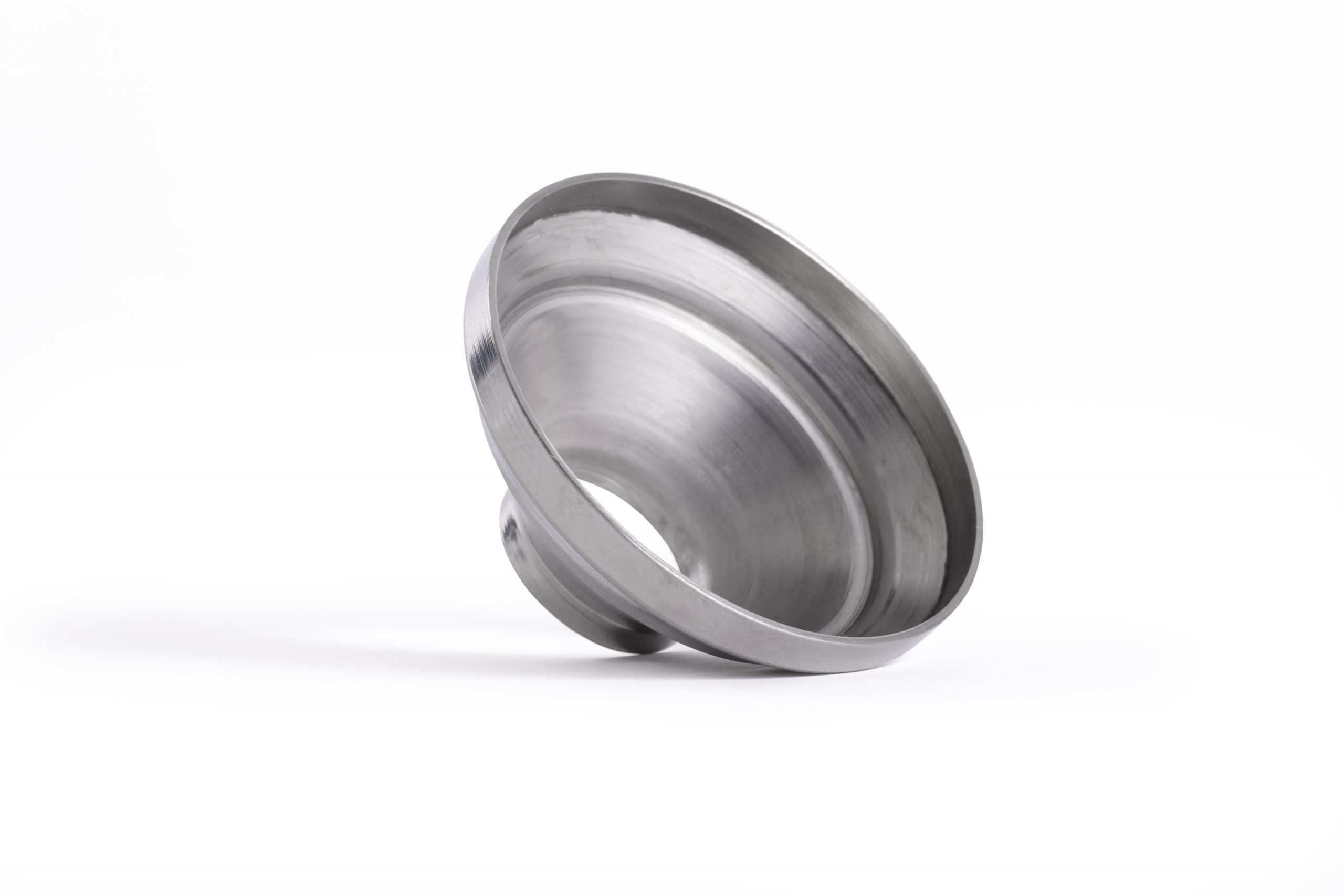 Bespoke Metal Spinning
Bespoke Metal Spinning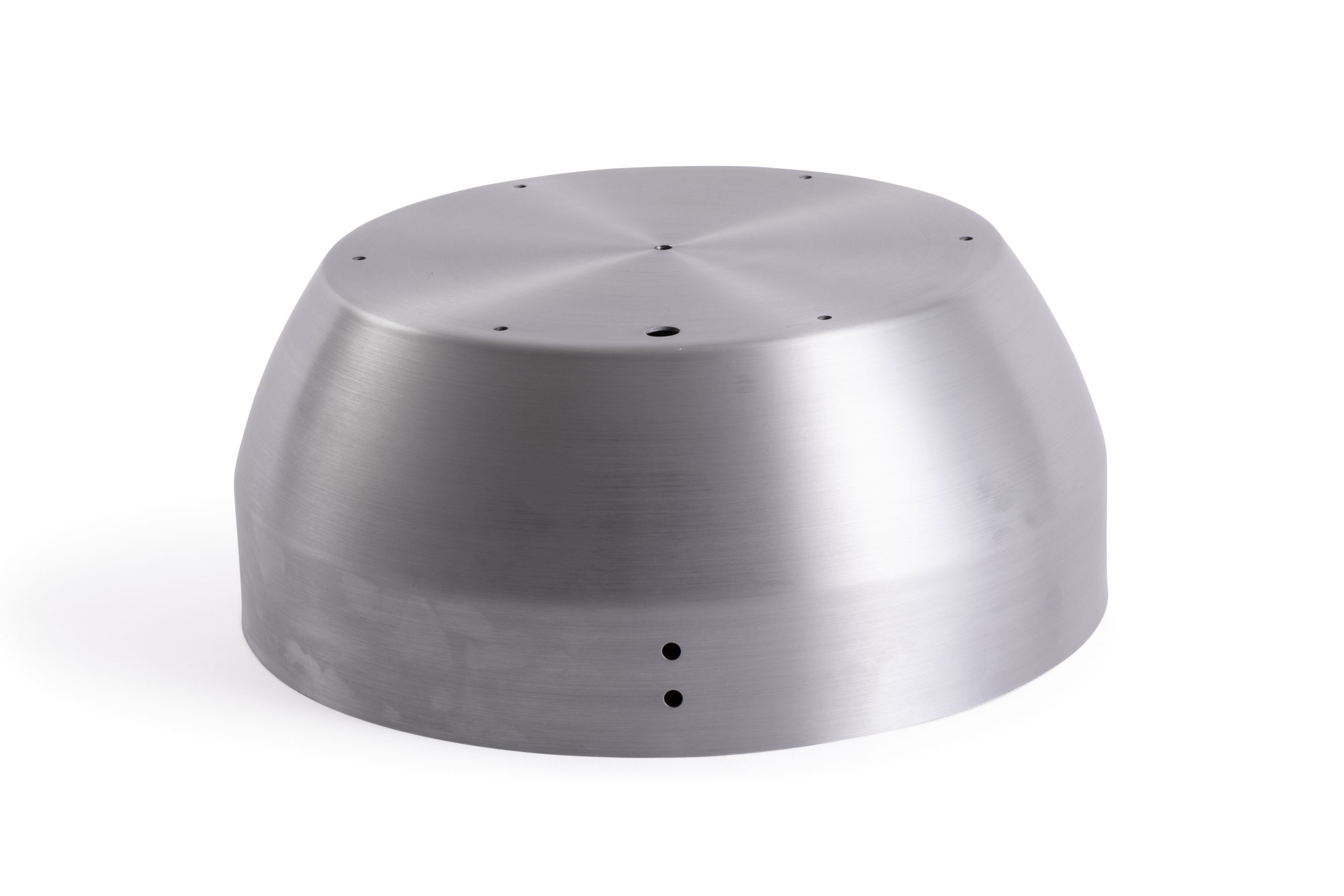 Metal Polishing
Metal Polishing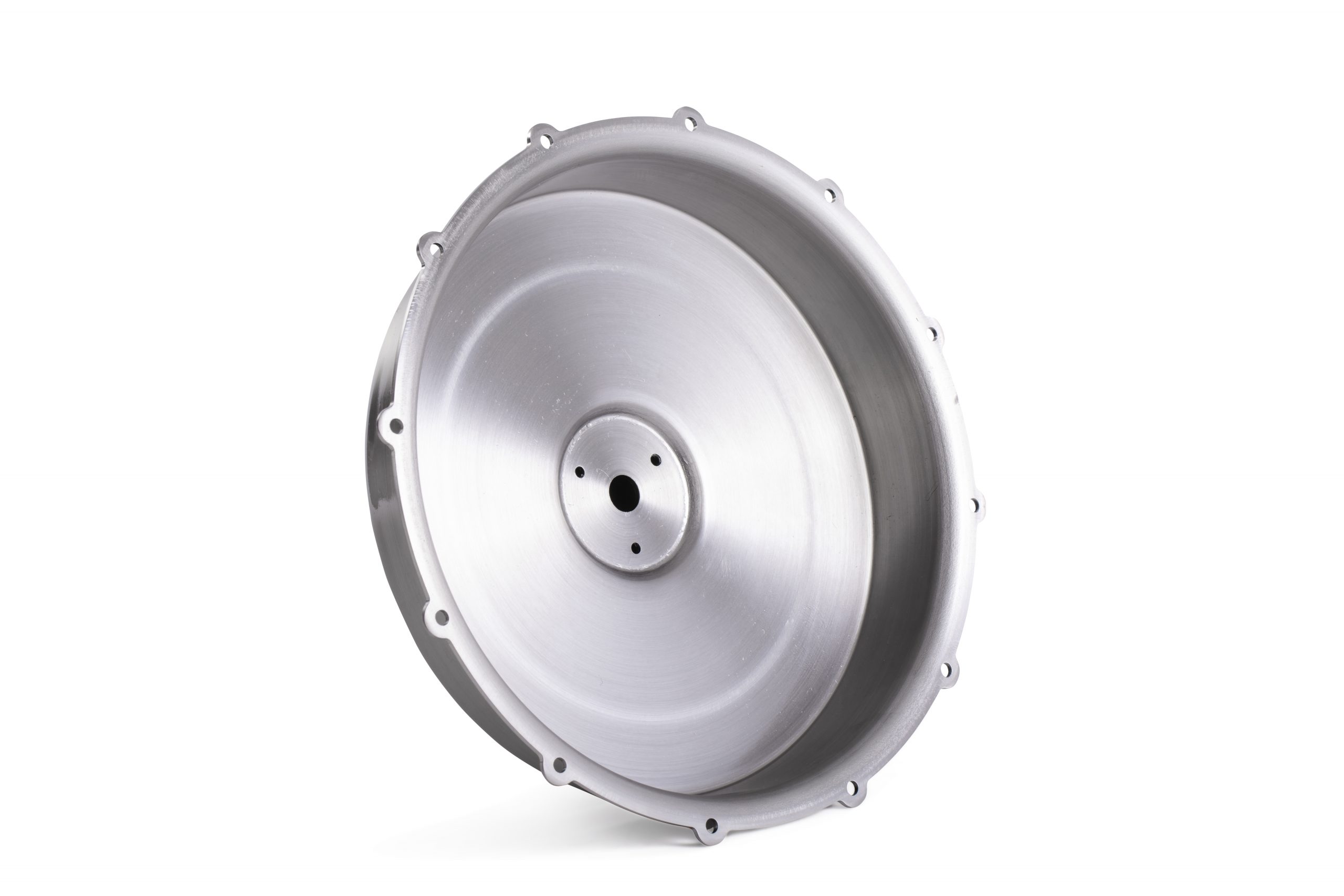 Machining
Machining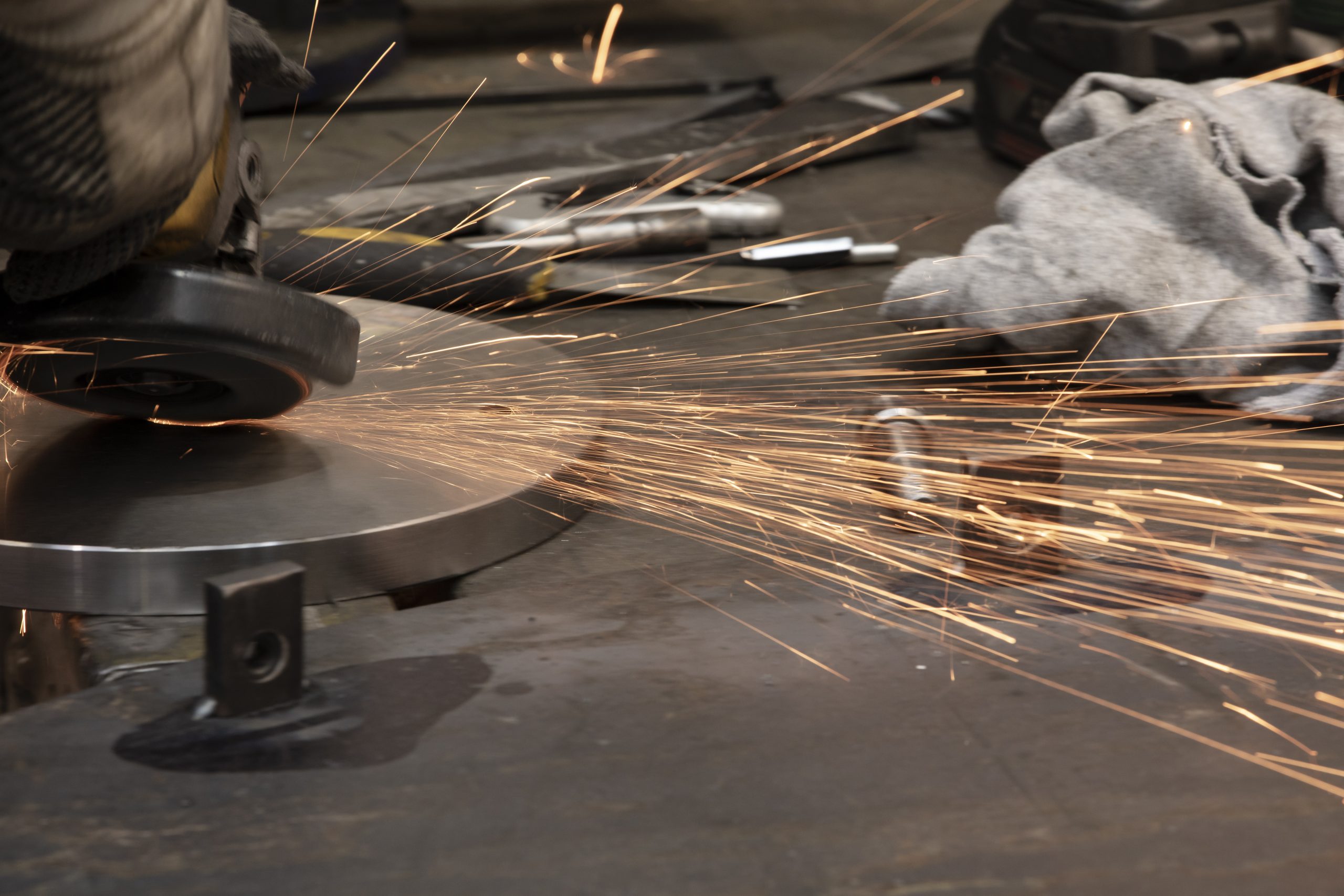 Metal Pressing
Metal Pressing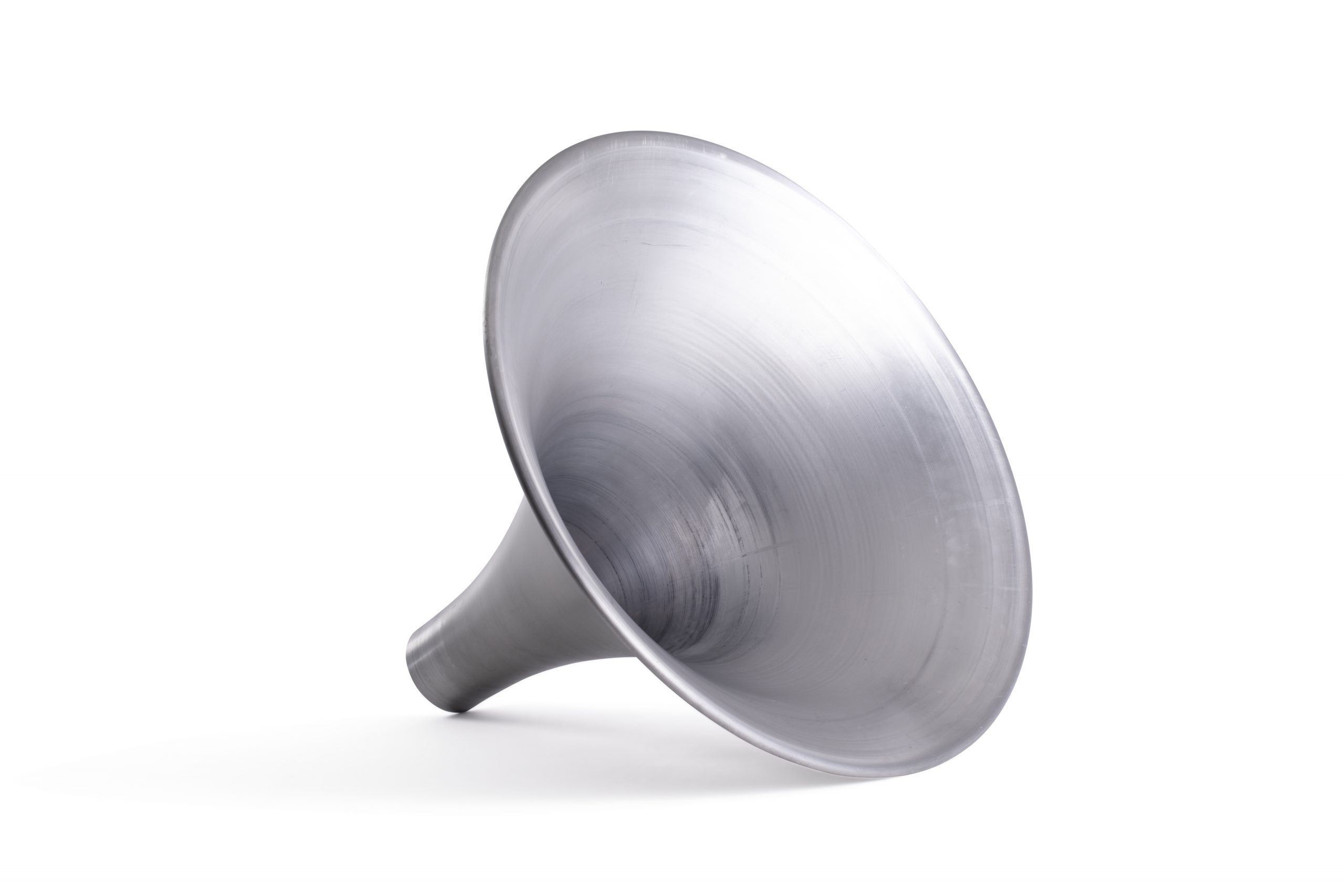 Metal Swaging
Metal Swaging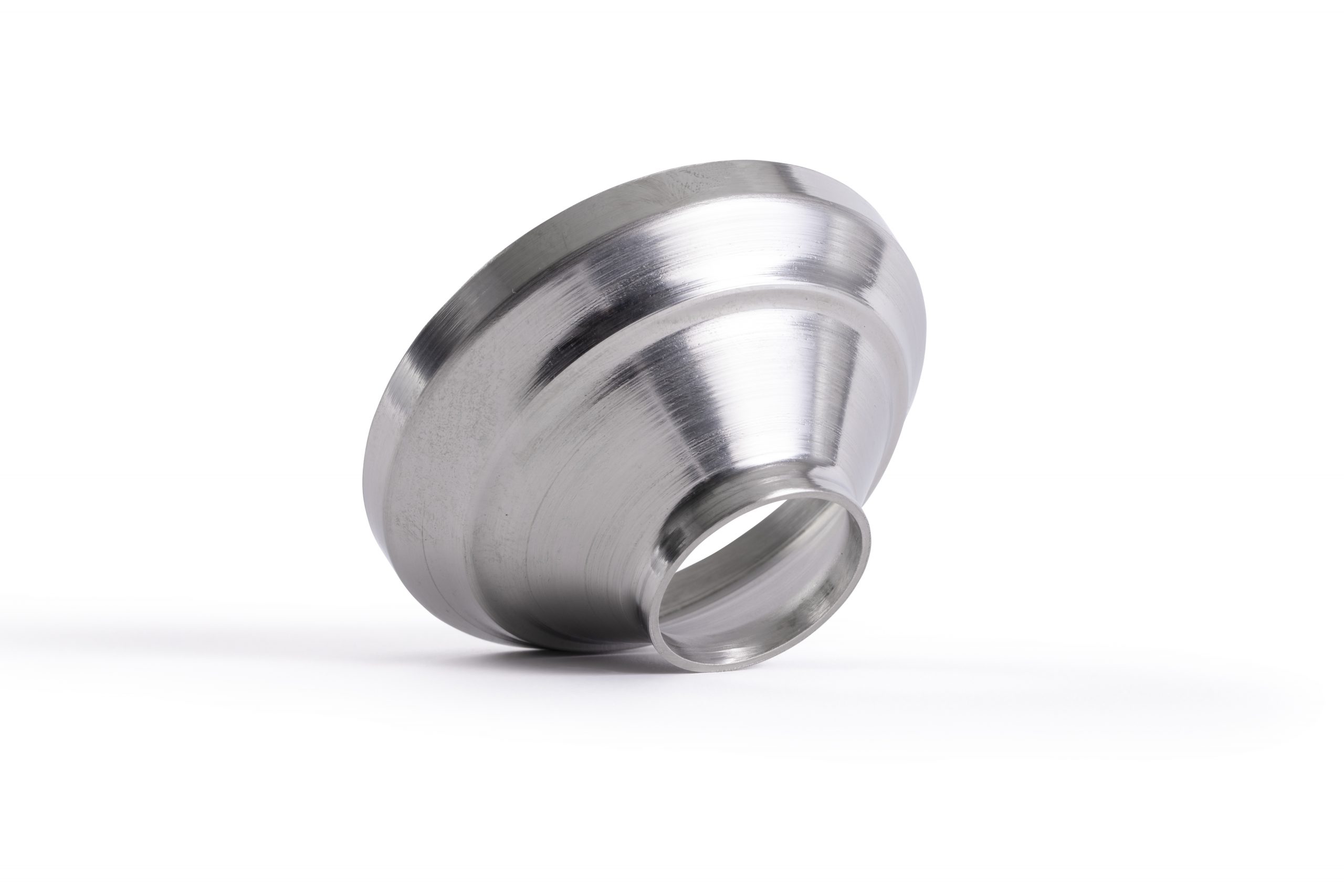 Metal Fabrication & Welding
Metal Fabrication & Welding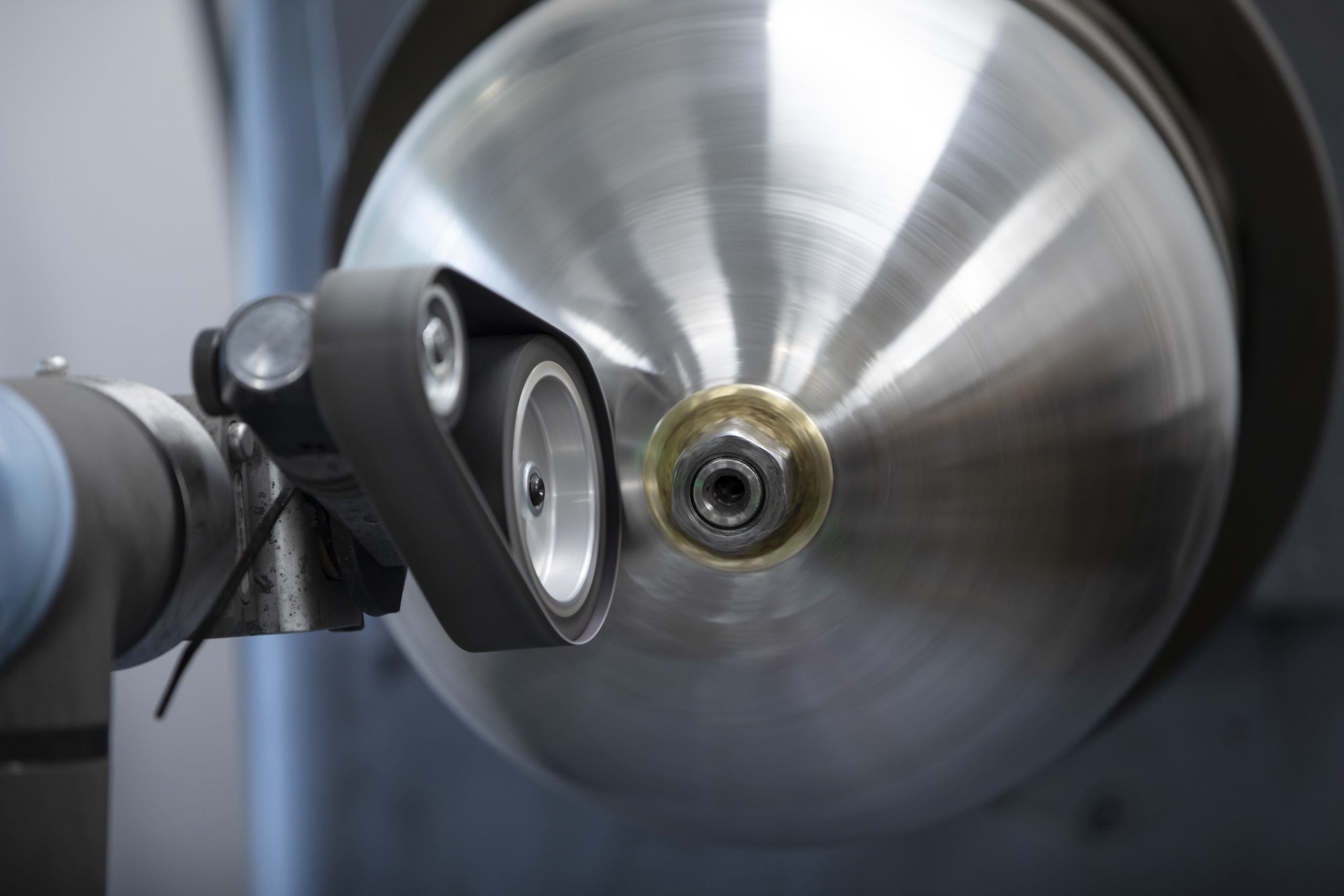 Precision Engineering
Precision Engineering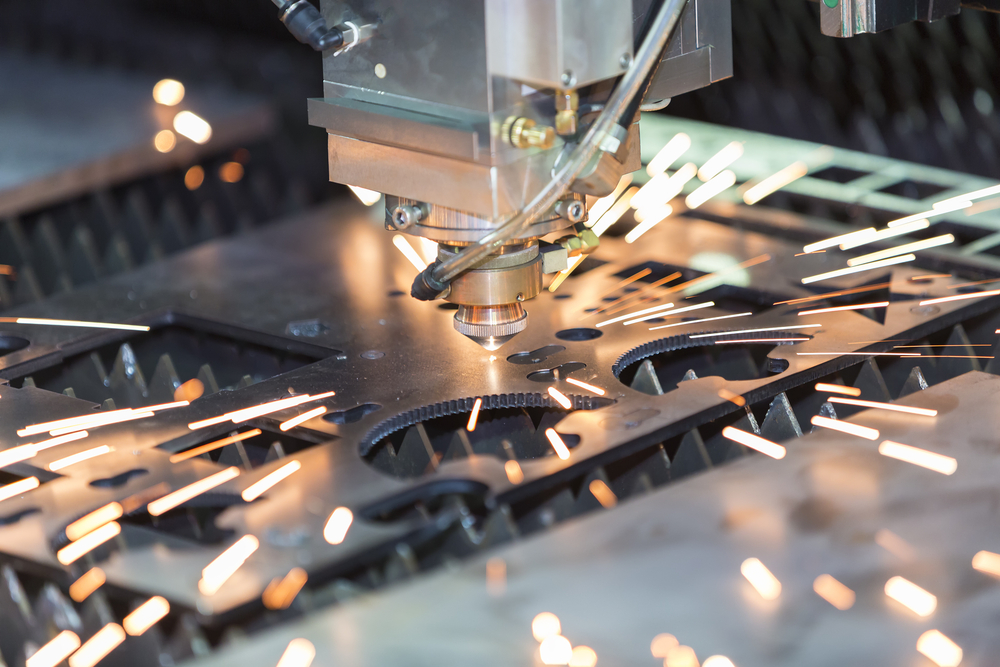 Laser Cutting
Laser Cutting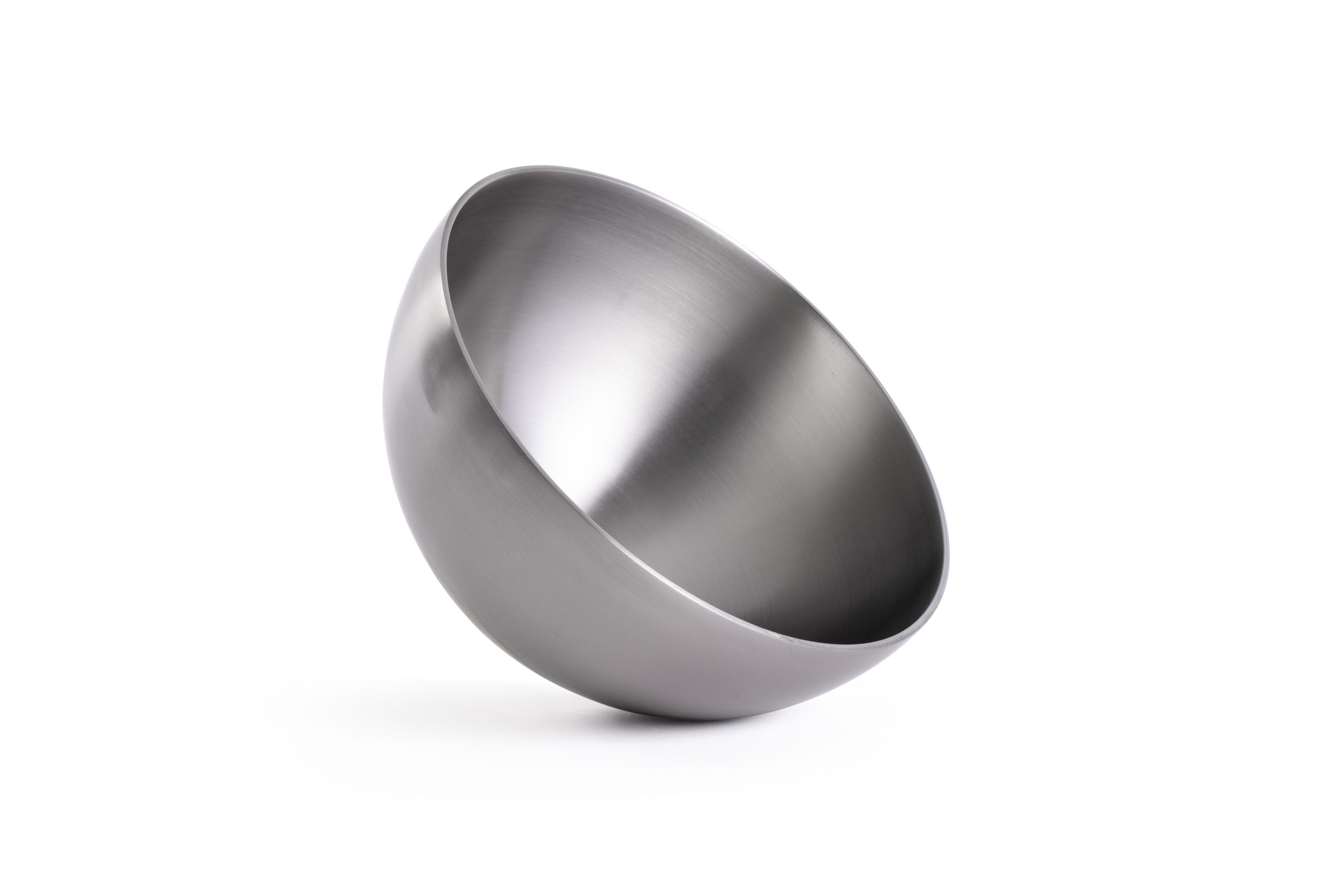 Inspection and Quality
Inspection and Quality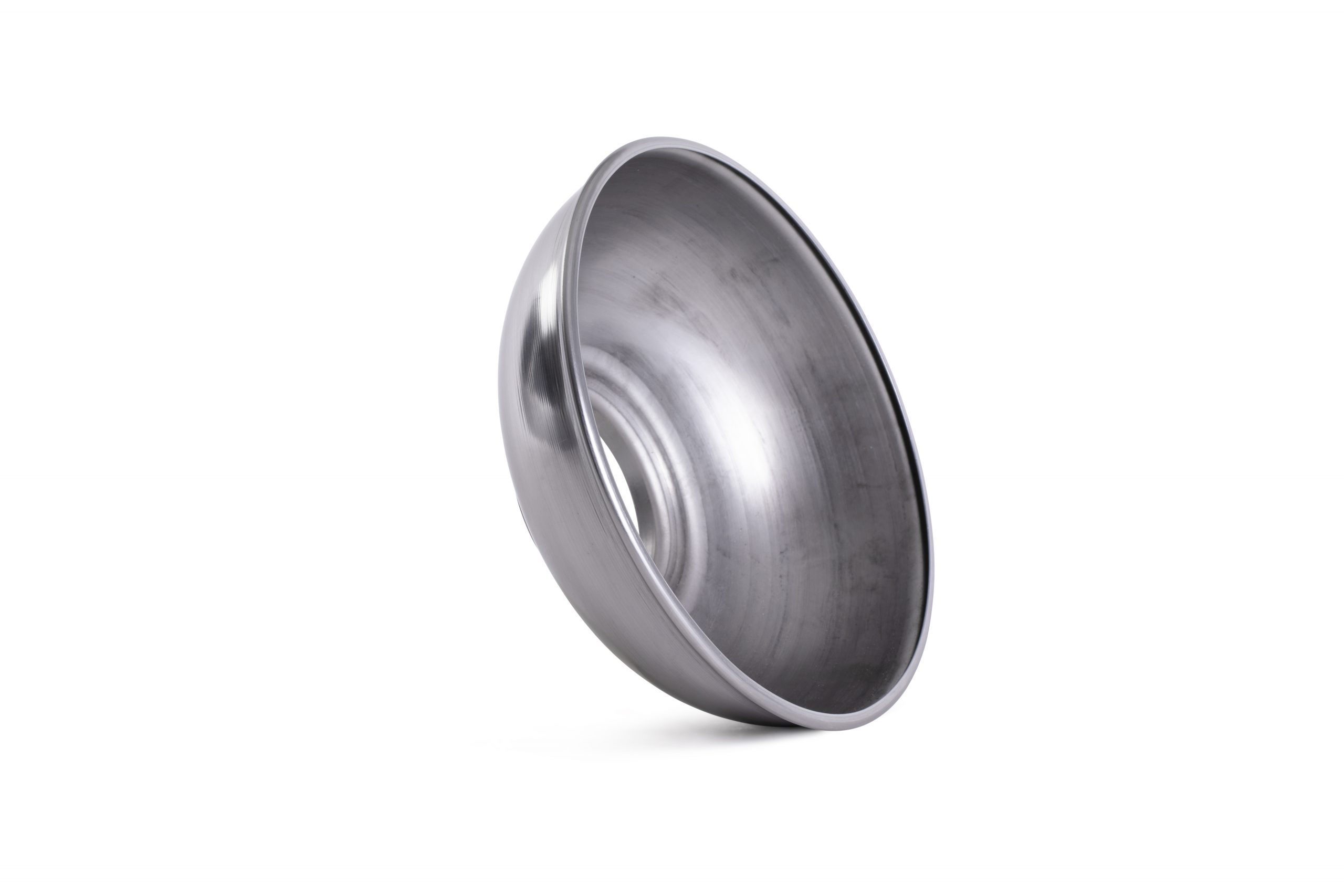 Anodising, Electropolishing and Pickling & Passivating
Anodising, Electropolishing and Pickling & Passivating Agriculture
Agriculture Automotive
Automotive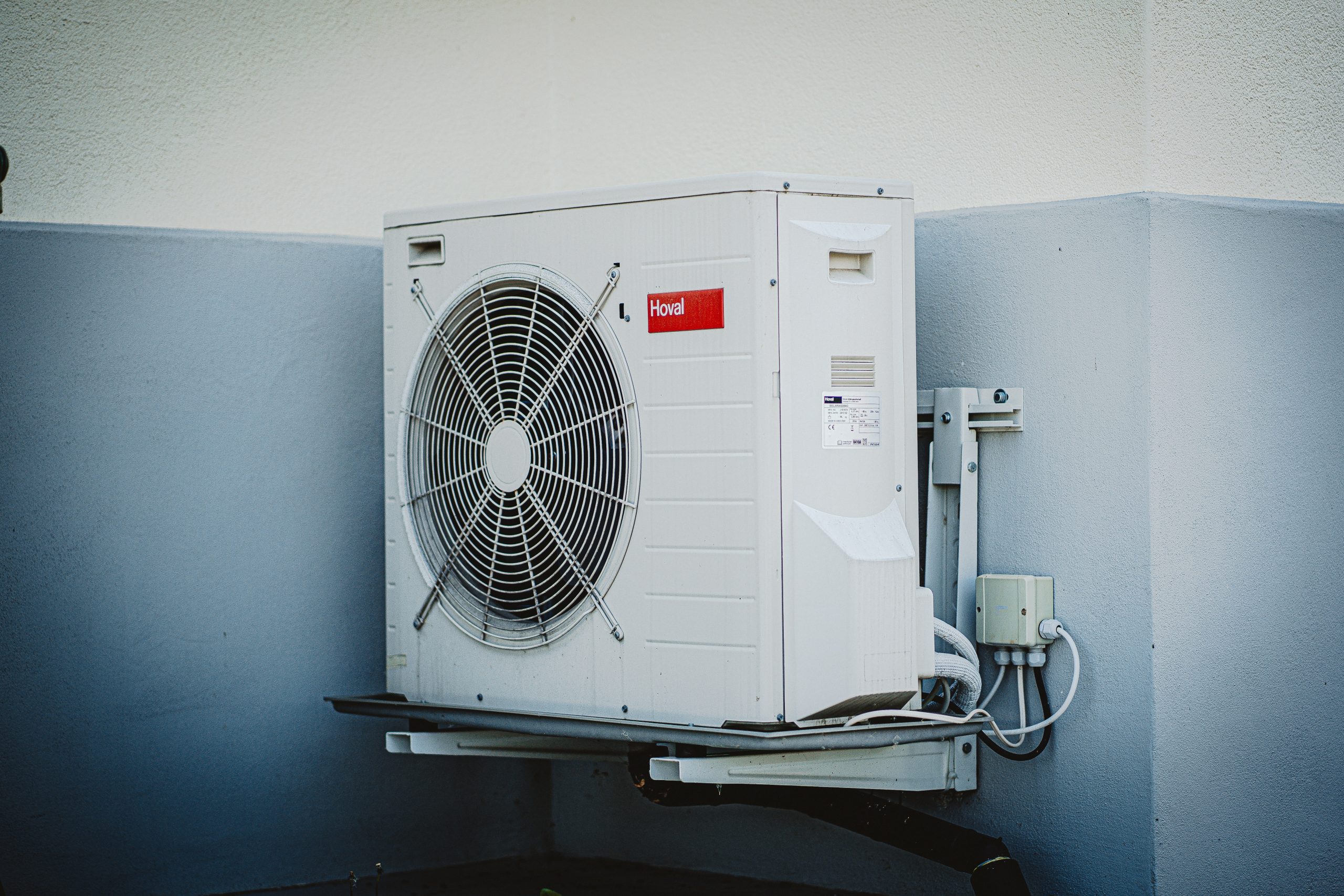 Air Movement
Air Movement Food Industry
Food Industry Marine
Marine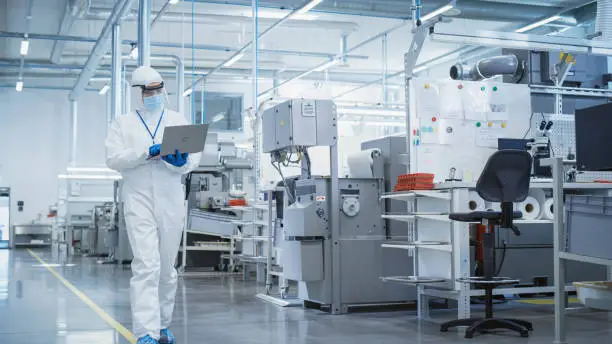 Medical and Cryogenic
Medical and Cryogenic Playground
Playground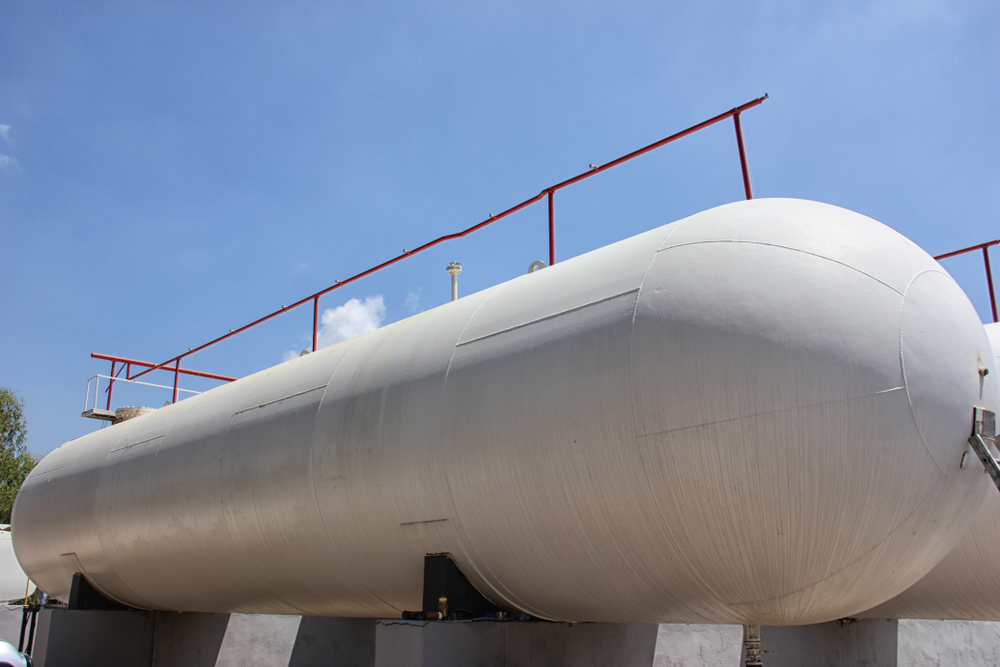 Pressure Vessels
Pressure Vessels Renewable Energy
Renewable Energy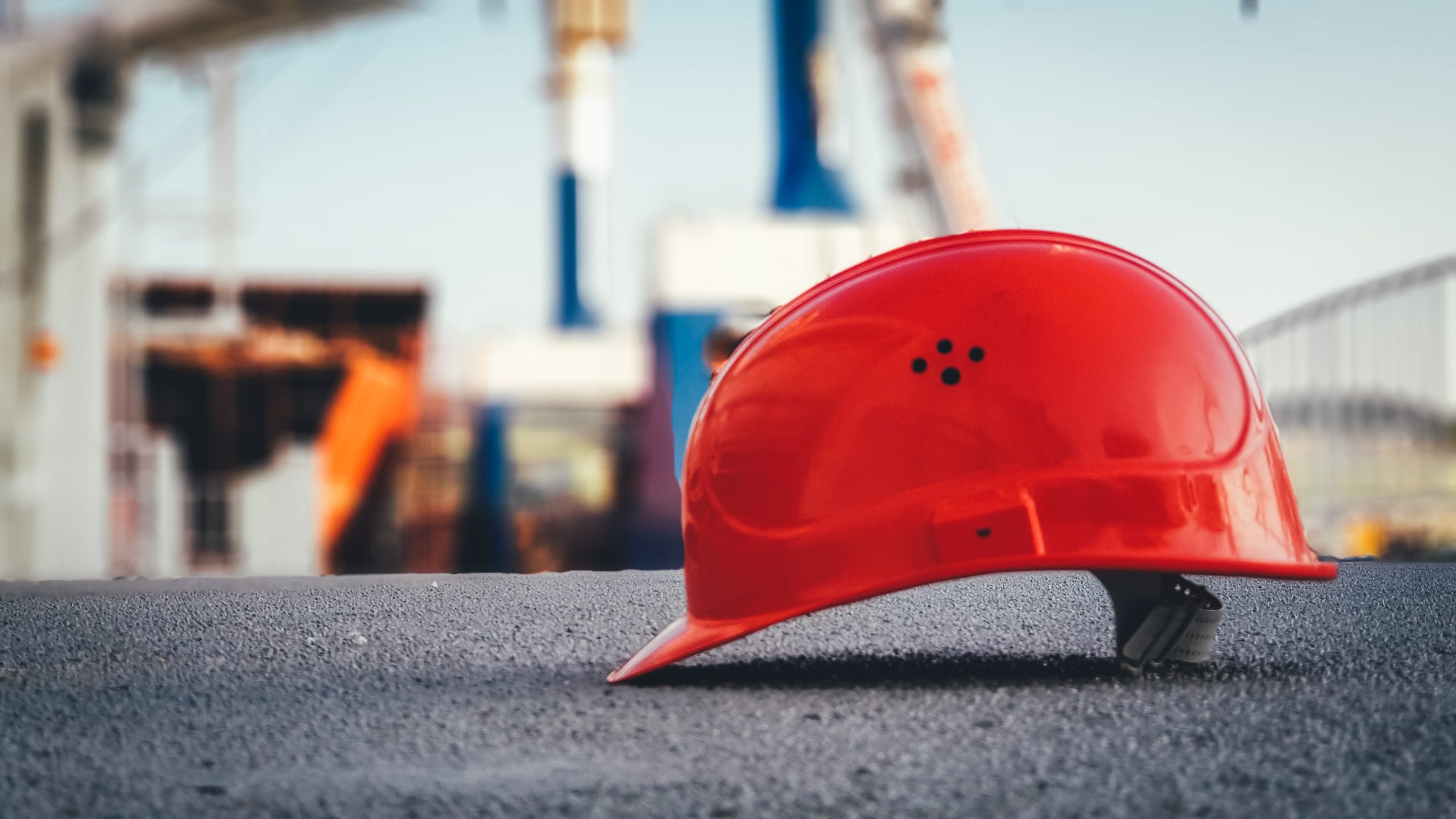 Safety
Safety
